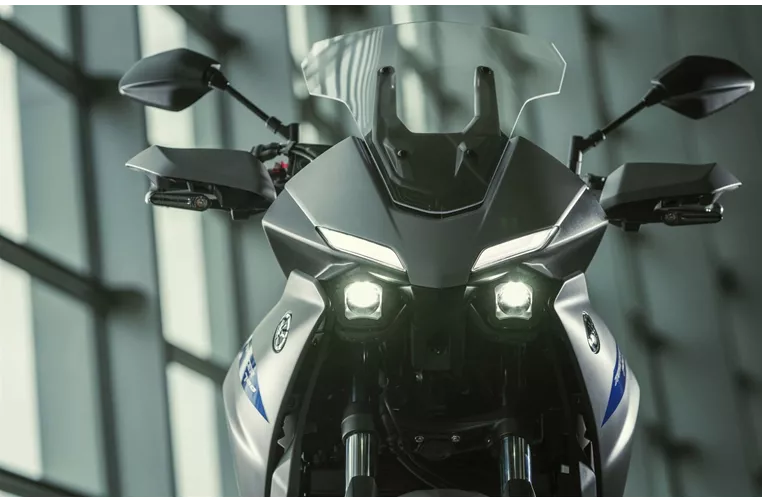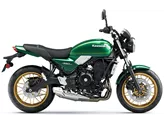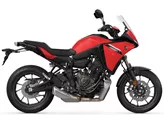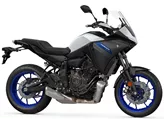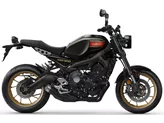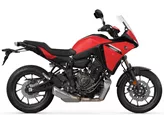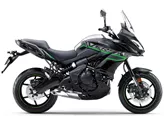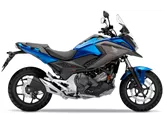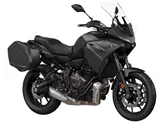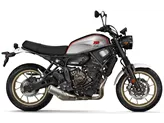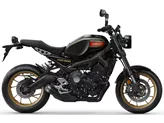Yamaha XSR700 2016 vs. Yamaha Tracer 700 2020

Yamaha XSR700 2016
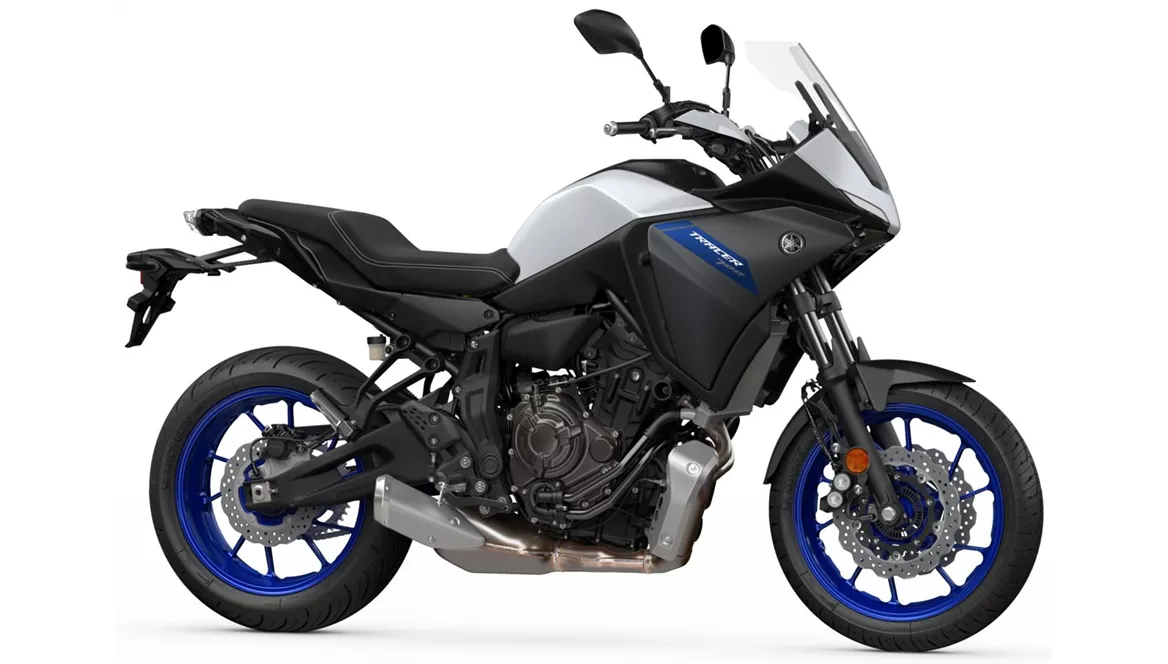
Yamaha Tracer 700 2020
Overview - Yamaha XSR700 2016 vs Yamaha Tracer 700 2020
The Yamaha XSR700 model year 2016 and the Yamaha Tracer 700 model year 2020 share many similarities in terms of their technical specifications. Both bikes have an inline 2-cylinder engine with a displacement of 689cc, producing 75 horsepower and 68 Nm of torque. They both feature a 4-stroke engine with liquid cooling and fuel injection systems. The transmission is chain-driven, and they both have a steel frame.
In terms of suspension, both bikes have a telescopic fork front suspension with 130mm of travel and a swing arm rear suspension with a monoshock and 130mm of travel. The braking system consists of double disk brakes with a diameter of 282mm and four-piston calipers on the front wheel. Both bikes are equipped with ABS as part of their advanced rider assistance systems.
The dimensions and weights of the two bikes are also quite similar. They both have a front tire width of 120mm and a diameter of 17 inches, while the rear tire width is 180mm with a diameter of 17 inches as well. The wheelbase is almost identical, with the XSR700 measuring 1405mm and the Tracer 700 measuring 1404mm. The seat height of the XSR700 is 815mm, while the Tracer 700 has a slightly higher seat height of 835mm. The kerb weight of the XSR700 with ABS is 186kg, while the Tracer 700 weighs slightly more at 196kg. The fuel tank capacity of the XSR700 is 14 liters, while the Tracer 700 has a larger fuel tank capacity of 17 liters.

Yamaha XSR700 2016
Now let's discuss the strengths and weaknesses of each bike. The Yamaha XSR700 2016 is known for its elastic motor, providing smooth and responsive power delivery. The direct transmission adds to the overall riding experience, making it enjoyable and engaging. The bike also has easy handling, allowing riders to maneuver through tight spaces with confidence. Additionally, the build quality of the XSR700 is commendable, ensuring durability and longevity.
On the other hand, the Yamaha Tracer 700 2020 offers a sporty feeling, providing a thrilling and exhilarating ride. The bike feels playfully light, making it agile and nimble on the road. The brakes on the Tracer 700 are also highly regarded, offering strong and reliable stopping power. The bike's low weight further enhances its performance and maneuverability. Moreover, the Tracer 700 is easy to operate, making it suitable for riders of all skill levels.
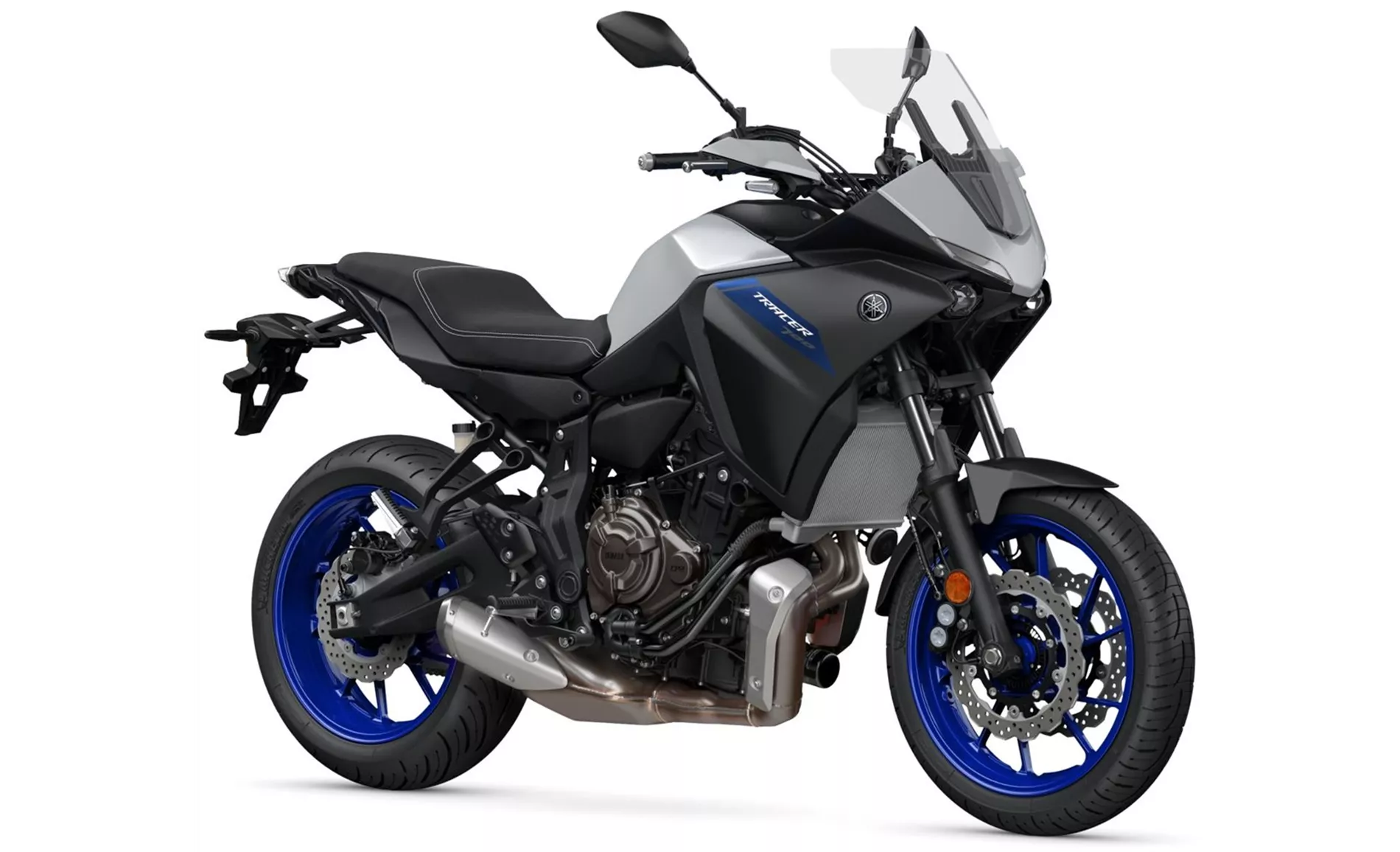
Yamaha Tracer 700 2020
However, the XSR700 does have a few weaknesses. Some riders find the chassis to be too soft, leading to a less stable and comfortable ride. The seating position may also require some getting used to, as it may not be as ergonomic for all riders.
Similarly, the Tracer 700 has a few weaknesses as well. The chassis can be somewhat uncomfortable on rough or uneven roads, affecting the overall ride quality. The windshield on the bike is also considered to be a little too small for longer tours, potentially causing wind buffeting. Additionally, the handlebar position may be a little too low for some riders, especially during long tours and off-road riding.
In conclusion, both the Yamaha XSR700 2016 and the Yamaha Tracer 700 2020 are impressive bikes with their own unique strengths and weaknesses. The XSR700 excels in terms of its elastic motor, direct transmission, easy handling, and good build quality. On the other hand, the Tracer 700 offers a sporty feeling, playfully light ride, good brakes, low weight, and ease of operation. Riders should consider their preferences and riding style to determine which bike suits them best.
Technical Specifications Yamaha XSR700 2016 compared to Yamaha Tracer 700 2020
Pros and Cons in comparison
Pros and Cons in comparison
Yamaha XSR700 2016

If you want an entry-level motorbike that will keep you happy for a long time, but at the same time has a cool retro look, there's really no getting around the Yamaha XSR 700. With the MT-07 as the technical basis, you're buying what is probably the most popular beginner's motorbike at the moment - just in a different guise. The XSR 700's greatest triumph is its unbelievably elastic in-line two-cylinder, which neither overtaxes beginners nor bores experienced motorcyclists. The throttle response is pleasantly direct and the power develops very harmoniously, there will never be an 'oops' moment here. However, the XSR 700 should be seen as a relaxed cruiser rather than a sporty motorbike. The chassis sways very easily when ridden fast and brings uncertainty into the vehicle. Experienced riders will find it easy to cope with, but a beginner may be overwhelmed.
Yamaha Tracer 700 2020
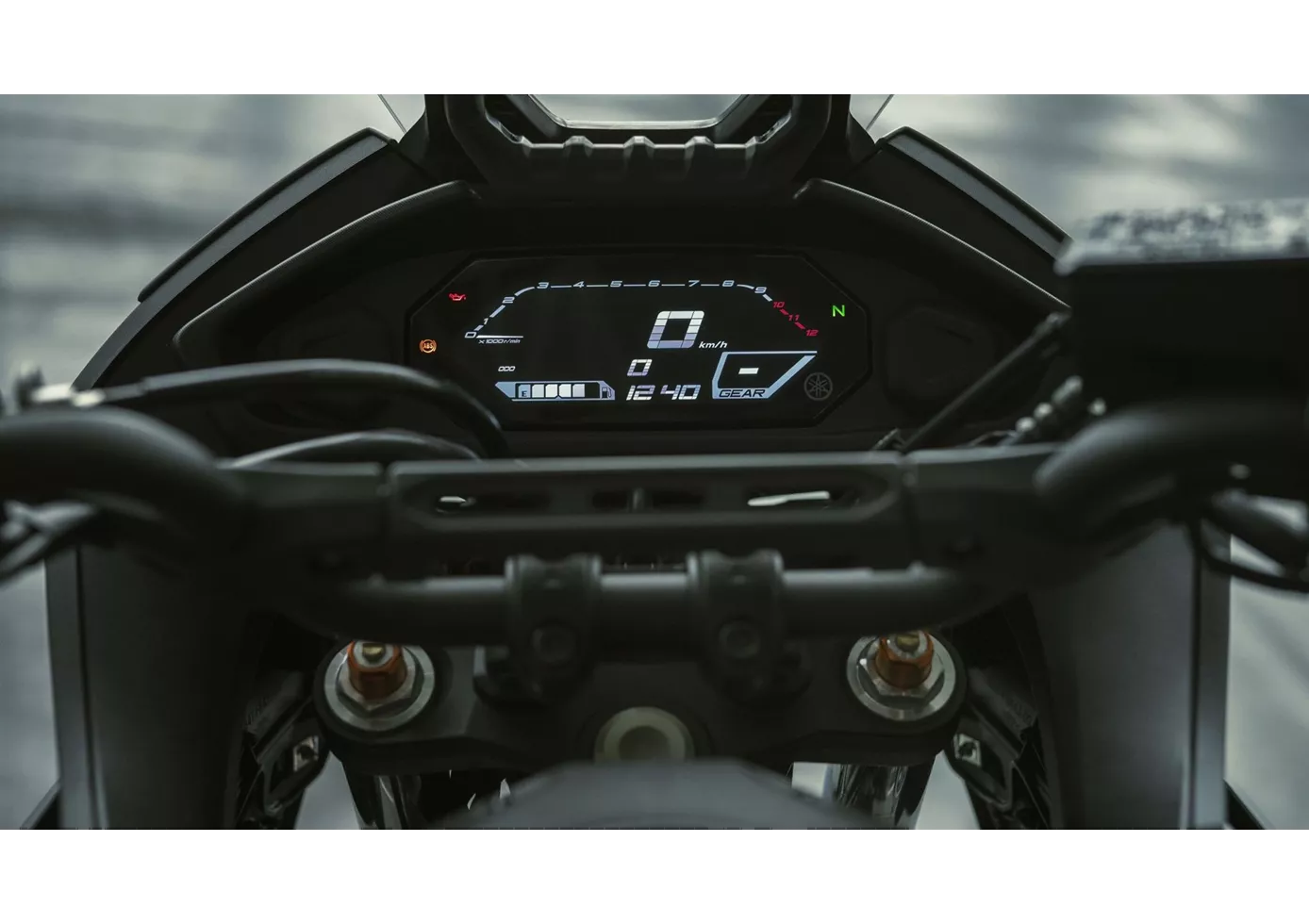
The Tracer 700 offers casual riding fun in many situations. The cheeky engine gives it a sporty touch, the upright riding position offers riding comfort. It is a good all-round machine. On long journeys, however, you have to accept some sacrifices.
Price Comparison Avarage Market Price Yamaha XSR700 vs Yamaha Tracer 700
There are a few key differences between a Yamaha XSR700 2016 and a Yamaha Tracer 700 2020. In terms of price, the actual average price of a Yamaha Tracer 700 2020 is about 8% higher. A Yamaha XSR700 2016 experiences a loss of 100 USD in one year of ownership. This is offset by a loss of 470 USD for a Yamaha Tracer 700 2020. There are the same number of bikes of both models available on the 1000PS.de marketplace, specifically 9. It takes less time to sell a Yamaha XSR700 with 85 days compared to 111 days for a Yamaha Tracer 700. Since model year 2015 1000PS.de editors have written 26 reviews for the Yamaha XSR700 and 16 reviews for the Yamaha Tracer 700 since model year 2016. The first review for the Yamaha XSR700 was published on 7/22/2015 and now has more than 13,700 views. This compares to more than 26,400 views for the first review on Yamaha Tracer 700 published on 4/20/2016.

